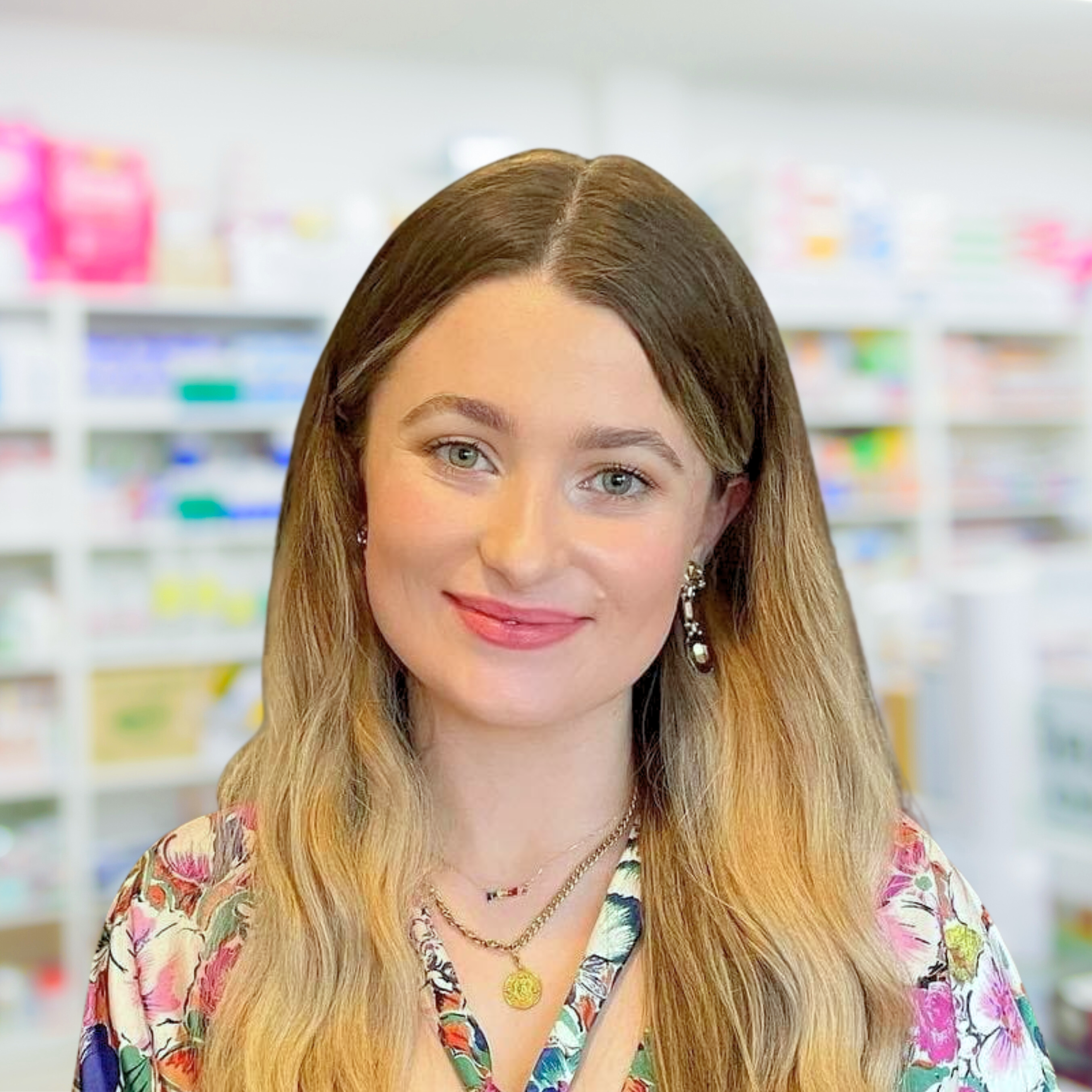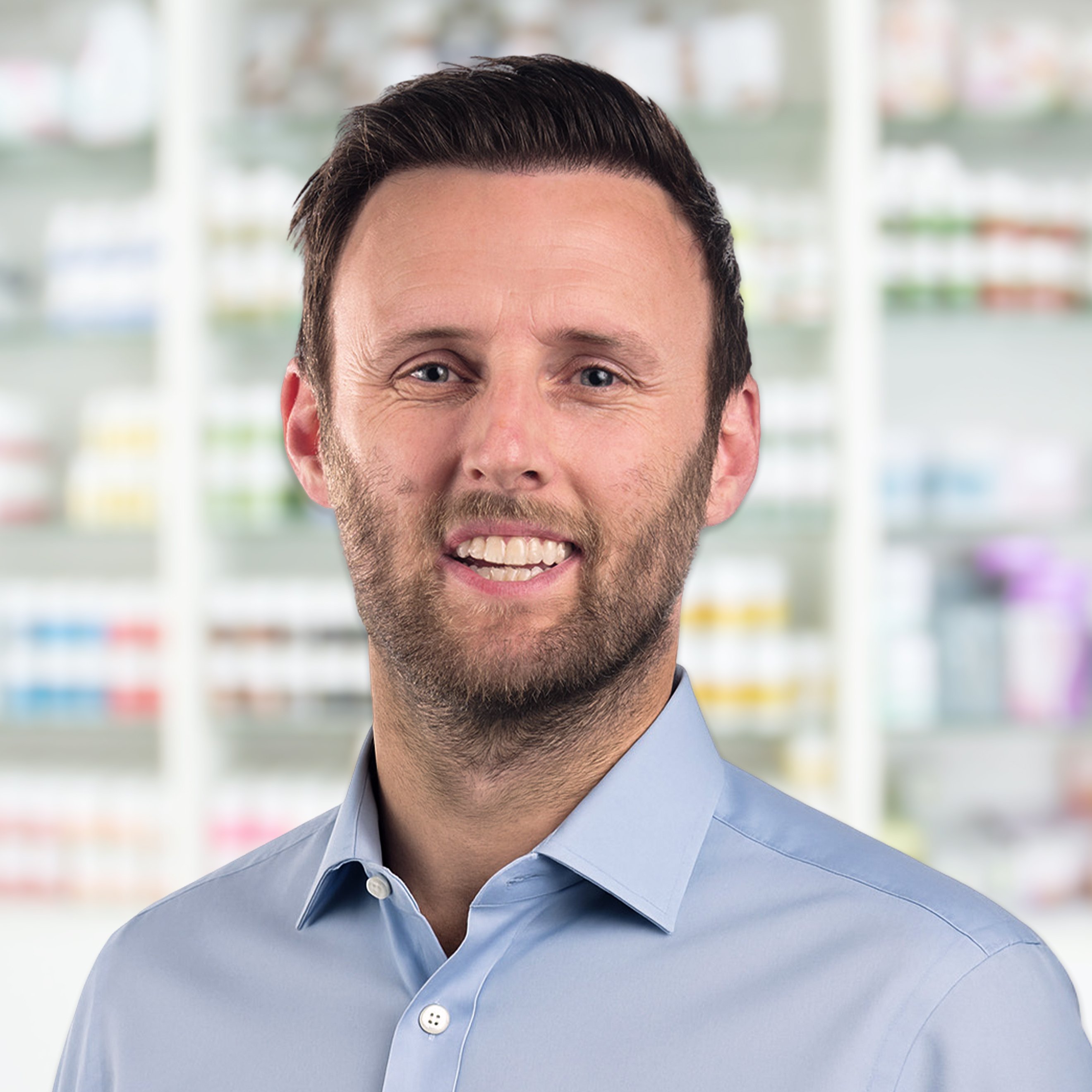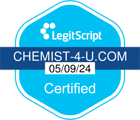What is PrEP? How it works and side effects

Pre-exposure prophylaxis (PrEP[1]) is a drug that reduces your risk of contracting HIV. Although it won’t protect you against STIs, you can still benefit from starting PrEP if you have a HIV-positive partner or you’re unaware of the HIV status of your sexual partners, for example.
Let’s be clear: PrEP is not for HIV-positive people. It’s for people who are HIV-negative who are at risk of contracting HIV.
Whether or not you decide to take it can take some consideration. Most people choose to take PrEP every day to know they’re always protected. It’s a commitment, as you’ll need to remember to take a tablet each day, and you might experience side effects, too.
In this guide, we’ll discuss PrEP, how it works, who could benefit from it, the funding, and the potential side effects.
What is HIV?
HIV (human immunodeficiency virus) was first identified in the 1980s. It isn’t curable yet, but the disease can be managed. HIV targets the immune system, and without effective treatment, you’ll be highly vulnerable to infections and cancers that your immune system will struggle to fight off.
There are three stages to HIV[2]: acute, chronic and then finally, AIDS. You can only develop HIV by coming into contact with certain body fluids like blood, semen/vaginal fluids and breast milk. You can’t catch HIV through saliva, urine or sweat as there won’t be enough of the HIV infection in these substances.
If you think there's a possibility that you could have come into contact with HIV, take a test yourself with the OraQuick HIV Self Test. It's the most technically advanced HIV self-test available, providing an incredibly accurate result within minutes, simply and on your own terms.
What is PrEP, and how does it work?
As we mentioned earlier, PrEP is an antiretroviral drug that reduces your risk of getting HIV, helping to keep you HIV-negative. It contains the active ingredients emtricitabine and tenofovir, which are actually used to treat HIV.
It’s around 92-99% effective at preventing HIV when taken correctly. It works by replicating itself, eventually creating enough replicas to block the HIV virus from entering your body. You’ll only be protected against HIV if there are high enough levels of PrEP in your system, so it’s very important that you take it as instructed.
You might see PrEP referred to by its brand name, Truvada, but the majority of versions in the UK are generic (cheaper, non-branded versions, but just as effective!).
Certain people choose not to take PrEP every day; instead, they’ll take it when they know they’re going to be at high risk for catching HIV, like before a date, holiday or night out. This is something known as on-demand dosing.
Be careful! As you’ll need to take it continuously for seven days before the event, you might prefer to take it daily to know you're protected.
Can you get HIV from someone on PrEP?
PrEP is taken by those who are already HIV-negative, so you won’t be able to catch HIV from someone taking PrEP. If someone is on PrEP, it means they are actively protecting themselves from the virus, and their risk of contracting HIV is extremely low.
However, it’s important to note that PrEP does not prevent other sexually transmitted infections (STIs), so using additional protection, like condoms, can provide extra safety.
What are the chances of getting HIV from someone on PrEP?
As we mentioned above, you won’t be able to catch HIV from someone taking PrEP as they will be negative for HIV.
Studies show that when taken consistently, PrEP lowers the risk of getting HIV[3] from sex by about 99% and from injection drug use by at least 74%. However, inconsistently missing your PrEP dose will impact how effective it is, and you could be at risk of contracting HIV.
What happens if you take PrEP while HIV positive?
PrEP isn’t suitable for those who are already HIV positive. If you take PrEP and you have HIV, it may cause drug resistance, which can make your HIV challenging to treat.
Who would benefit from PrEP?
PrEP can be used by those belonging to a community or group that’s most at risk of being exposed to HIV, or people who have sex with people from those networks. You could benefit from taking PrEP if you:
- Are a HIV-negative man who has unprotected sex with men or other people belonging to those networks
- Have or have had a partner with HIV
- Have a current or previous partner who comes from a place with high volumes of HIV
- Have unprotected sex with people and you do not know their HIV status
- Are a trans or non-binary person and are regularly having unprotected sex
- Are injecting drugs or sharing needles
If you’re unsure whether you could benefit from using PrEP, speak to your GP or Chemist4U pharmacist for expert advice.
How do you use PrEP?
Taking PrEP is simple. However, you must always follow the instructions in the patient leaflet or those given by your doctor or Chemist4U pharmacist.
- For managing HIV:
- Adults: 1 tablet daily, preferably with food.
- Children (12–18 years, weighing at least 35kg): 1 tablet daily, preferably with food.
- To reduce the risk of HIV:
- Adults: 1 tablet daily, preferably with food.
- Children (12–18 years, weighing at least 35kg): 1 tablet daily, preferably with food.
On-demand dosing
On-demand dosing is for times when you anticipate higher risk, such as holidays or social events.
- Start taking the tablets at least 7 days before you need protection.
- Continue taking them during the period of risk.
- After the risk period ends, take the tablets for another 7 days.
PrEP side effects
Before taking PrEP, you should be aware of the potential side effects[4]. Thankfully, they usually subside after the first few weeks. Side effects may include:
- Bloating
- Indigestion
- Headache
- Feeling weak or dizzy
A very small number of people taking PrEP develop serious problems. Sometimes, it can affect your kidney function.
You must tell your prescriber beforehand if you have kidney disease or other kidney problems. Additionally, it can also affect your bone health, but this is rare. This risk goes away once you stop taking PrEP, too.
How can I buy PrEP?
Now, you know what PrEP is, how it works, and whether you’d benefit from it. But how do you get it? You might wonder whether you can get a prescription from your GP, pay privately, or get it for free on the NHS.
Currently, to get PrEP for free on the NHS, your only option is to visit your local sexual health clinic. You will not be able to get it from your GP or community pharmacist at the present time.
Alternatively, you can also buy PrEP privately by heading to our clinic. By completing a quick and easy consultation about your health and medical history, one of our prescribing pharmacists will see if PrEP is suitable for you.

If you’re at a high risk of contracting HIV, it’s strongly recommended to consider PrEP to protect yourself against infection. As it stands, HIV isn’t curable, but it is preventable.
If you need further information about PrEP, visit the NHS website. Or perhaps you’re interested in learning more about HIV and AIDS – if so, head over to our guide all about discussing the differences between both HIV and AIDS.
Do you need PrEP now? Visit the clinic section on our website to complete a quick and easy consultation. If you’re suitable for treatment, we’ll deliver it directly and discreetly to your door.
Sources
- [1] https://www.nhs.uk/medicines/pre-exposure-prophylaxis-prep/
- [2] https://hivinfo.nih.gov/understanding-hiv/fact-sheets/stages-hiv-infection#:~:text=The%20three%20stages%20of%20HIV,one%20stage%20to%20the%20next.
- [3] https://www.hiv.gov/hiv-basics/hiv-prevention/using-hiv-medication-to-reduce-risk/pre-exposure-prophylaxis
- [4] https://www.nhs.uk/medicines/pre-exposure-prophylaxis-prep/side-effects-of-pre-exposure-prophylaxis-prep/










